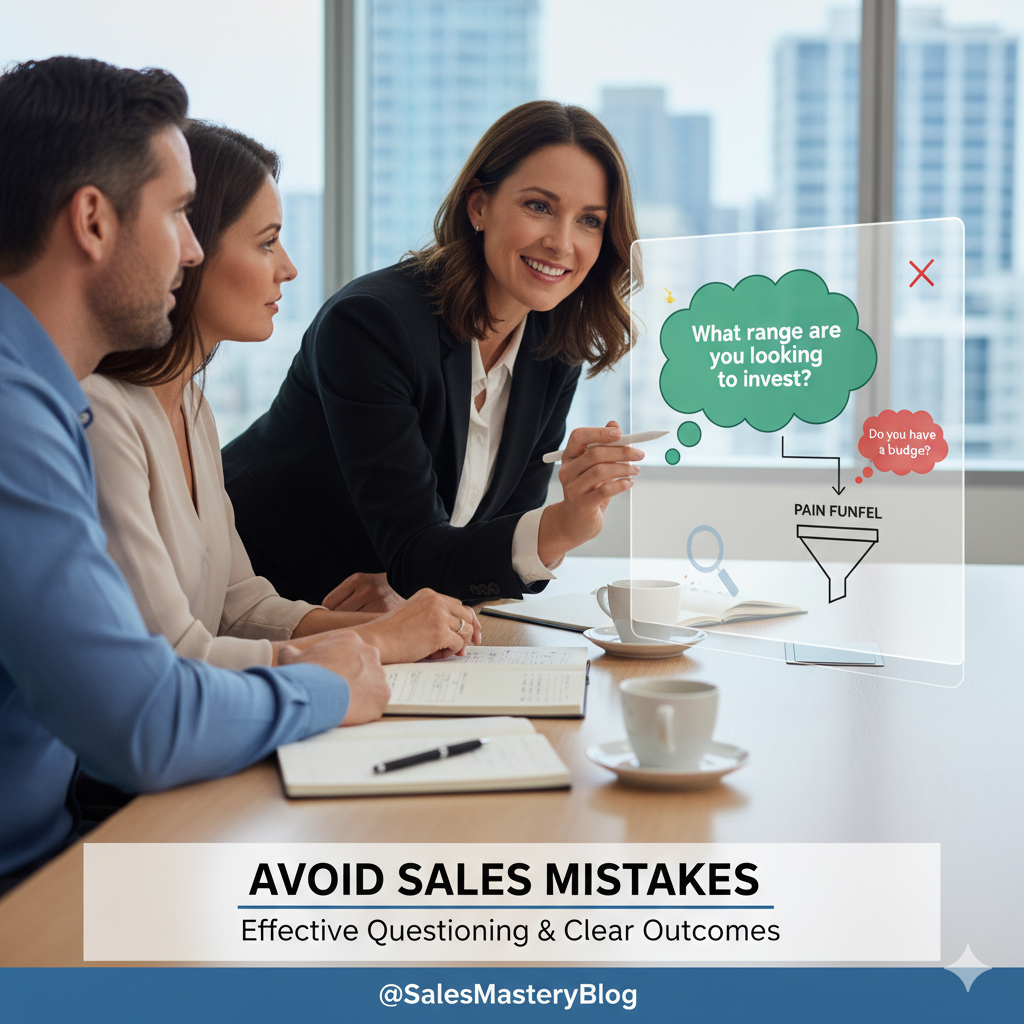Avoiding Common Sales Mistakes with Effective Questioning

Understanding Client Budgets: The Foundation of Successful Sales
One of the foundational elements in any sales process is understanding your client's budget. Without this crucial piece of information, you could be navigating blind, wasting both your time and the client's. It's essential to start conversations around money early in the process. When clients are upfront about their financial constraints, it allows you to tailor your offerings and set realistic expectations from the get-go.
A common mistake many sales professionals make is providing a price range without first understanding what the client is willing and able to spend. This can lead to sticker shock and erode trust. Instead, engage your clients in a conversation about their budget, asking them directly what they are comfortable spending. This approach not only sets a solid foundation for the sales process but also helps in building a trustworthy relationship.
The Power of Effective Questioning Techniques
Effective questioning is an art that every sales professional should master. The right questions can unlock valuable insights, helping you understand the client's needs, pain points, and decision-making process. Start by using open-ended questions that begin with "what" and "how." These questions encourage detailed responses and open up the conversation, making it easier to uncover the client's true needs.
For instance, instead of asking, "Do you have a budget in mind?" which can be answered with a simple yes or no, ask, "What range are you looking to invest in this project?" This not only gives you a better understanding of their financial constraints but also makes the client feel heard and valued.
Avoiding Premature Presentation Syndrome
Premature Presentation Syndrome (PPS) is a common pitfall in the sales process. This occurs when a sales professional jumps into presenting solutions before fully understanding the client's needs. PPS can lead to missed opportunities and a mismatch between the client's needs and your offerings.
To avoid PPS, ensure that you have thoroughly explored the client's pain points and needs before diving into your pitch. Use the pain funnel technique to dig deeper into their issues, asking multiple layers of questions to get to the root of their problems. This approach not only helps in providing a more tailored solution but also builds credibility and trust.
Setting Clear Outcomes for Better Sales Engagements
Setting clear outcomes is crucial for successful sales engagements. A well-defined outcome ensures that both you and the client are on the same page, reducing the chances of misunderstandings and unmet expectations. Start every meeting with a clear agenda and end with a definitive action plan.
For example, during your initial meeting, outline what you hope to achieve and ask the client for their priorities. This could be understanding their budget, discussing potential solutions, or setting up a follow-up meeting for more detailed discussions. At the end of the meeting, summarize the key points discussed and agree on the next steps. This not only keeps the sales process on track but also demonstrates professionalism and reliability.
By mastering the art of effective questioning and avoiding common sales pitfalls, you can elevate your sales strategy and build stronger, more trustworthy relationships with your clients. Remember, the key to successful sales is not just in what you sell, but in how well you understand and solve your client's problems.

